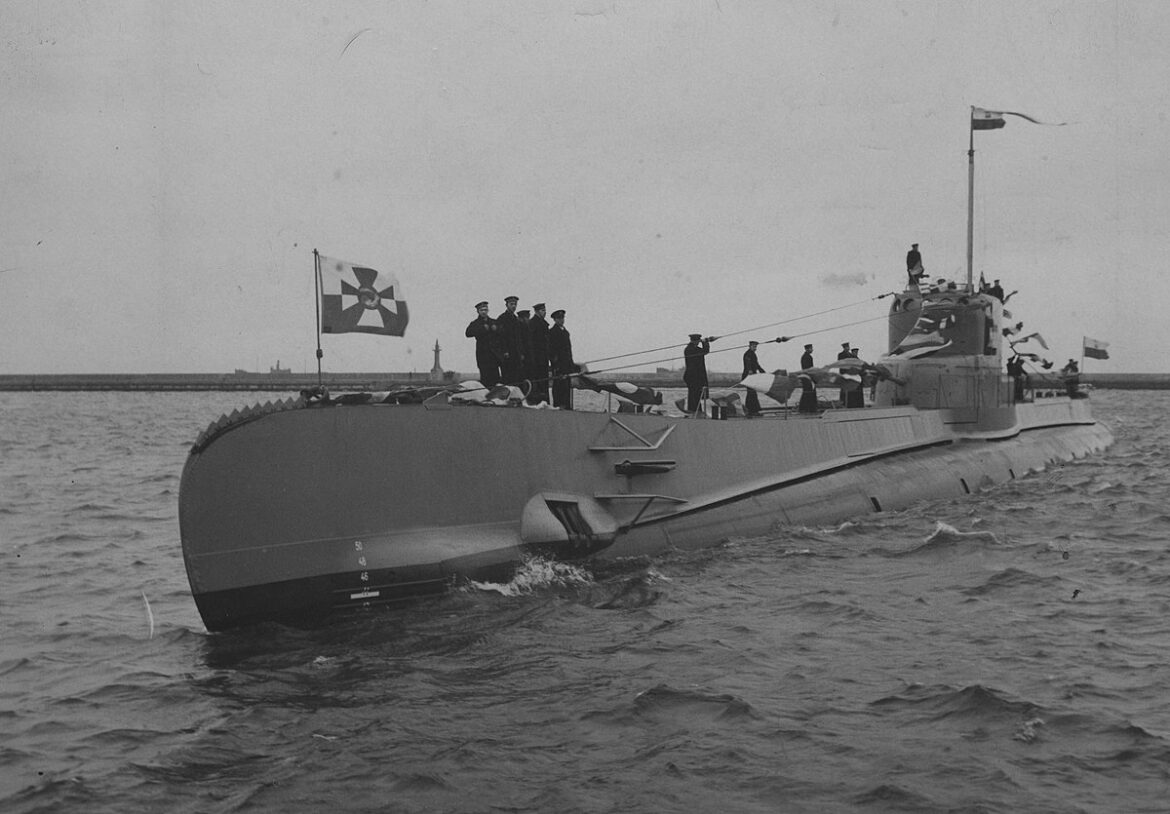Despite its proud military history, Poland rarely based its military strength on an extensive naval fleet. One of the Polish vessels in the Second Polish Republic that made history was ORP “Orzeł”.
The very idea of acquiring a modern submarine appeared around 1933. Finally, in 1936, a contract was signed with the Dutch shipyards, which constructed two vessels of the “Orzeł” type (the second was ORP Sęp). “Orzeł” was laid down on 15 January 1938. The ship’s construction was financed by the public through special collections, which brought in around 8 million Polish zlotys; the rest was covered by the Polish state with agricultural raw materials and industrial products. The ship was a very modern design, technically and in terms of operational capabilities superior to most submarines sailing in the Baltic.
During the 1939 September campaign, the ship did not engage in combat, but only avoided shelling. The problem was the incapacity of the ship’s commander, Second Lieutenant Commander Henryk Kloczkowski, who explained his behaviour by illness. Eventually, for Kloczkowski to receive medical attention and for the compressor to be repaired, the ship called at the port of Tallinn in neutral Estonia. There, the command was taken over by Captain Jan Grudzinski, whom the Estonian authorities informed of the ship’s internment, upon which he protested against the decision. In this situation, the crew secretly decided to escape from the port, even before the Estonians completed the disarmament process, they had begun. Like action movie heroes, the Polish sailors sawed off the moorings, knocked out the guards, destroyed the cables responsible for communication with the shore and sailed out of the harbour, despite being detected and fired upon.
The ship proceeded to the open sea, where it undertook the patrol service previously planned. Then, after running out of provisions and most of the drinking water, the “Orzel” reached the UK, all the while evading the Germans without most of the armament and maps taken by the Estonians. The ship then fought in the Norwegian campaign. In June 1940, in unexplained circumstances, she unfortunately sank with her entire crew.





